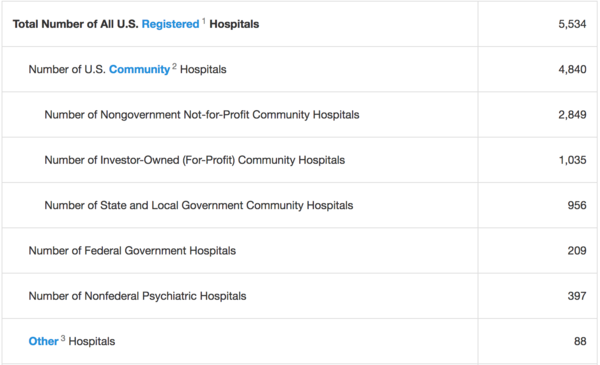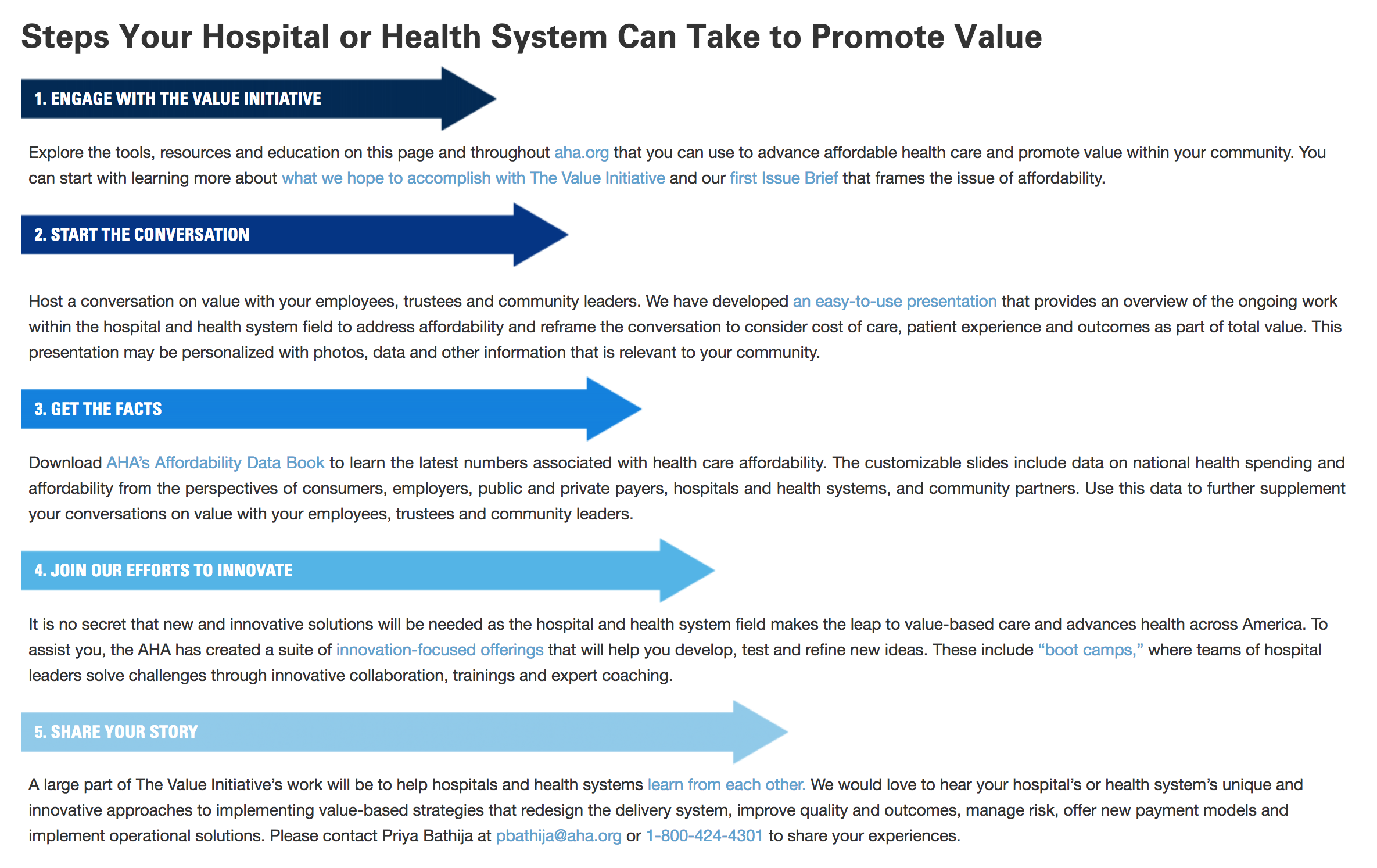The Patient Systems chapter is designed to clarify the relationship between Joint Commission accreditation and patient safety. As the chapter states, "The ultimate purpose of The Joint Commission's accreditation process is to enhance quality of care and patient safety. Each requirement or standard, the survey process, the Sentinel Event Policy, and other Joint Commission initiatives are designed to help organizations reduce variation, reduce risk, and improve quality. Hospitals should have an integrated approach to patient safety so that high levels of safe patient care can be provided for every patient in every care setting and service."
"The 'Patient Safety Systems' chapter provides a framework, rooted in Joint Commission standards, upon which hospitals can build their integrated patient safety system--in which staff and leaders work together to eliminate complacency, promote collective mindfulness, treat each other with respect and compassion, and learn from patient safety events," says Ronald M. Wyatt, MD, MHA, medical director, Office of Quality and Patient Safety, The Joint Commission.
The Sentinel Event Policy explains how The Joint Commission partners with health care organizations that have experienced a serious patient safety event to protect the patient, improve systems, and prevent further harm.
The RCA2: Improving Root Cause Analyses and Actions to Prevent Harm describes methodologies and techniques that an organization or individuals can credibly and effectively use to prioritize the events, hazards, and vulnerabilities in their systems to understand what and why the event occurred, and how to prevent future events.
All three documents, the Patient Safety Systems Chapter, the Sentinel Policy and the RCA2 are designed to be used together.






